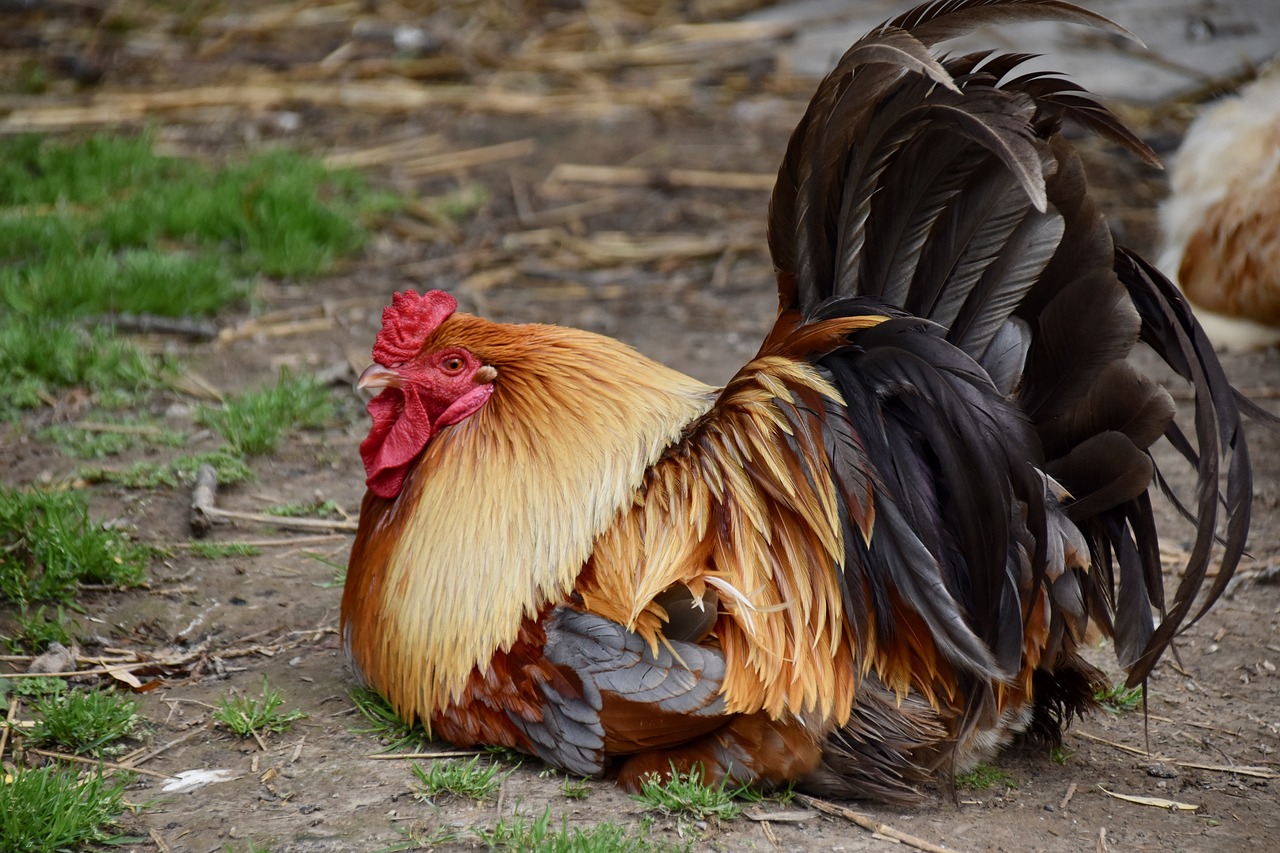Creating a Sustainable Herb Spiral Garden: Maximizing Space and Variety
When designing your herb spiral garden, consider the layout carefully to optimize space and sunlight exposure. A well-designed herb spiral consists of multiple tiers, allowing you to plant a variety of herbs in different growing conditions within a small footprint. Begin by selecting a central point for your spiral that receives ample sunlight throughout the day.
To build the tiers of your herb spiral, use materials like rocks, bricks, or wood to create a sturdy structure that will retain soil and provide adequate drainage. As you construct each tier, ensure that the height and angle of the spiral allows for easy access to all sections of the garden for planting, watering, and harvesting. Additionally, consider incorporating a mix of herbs with varying heights and growth habits to maximize visual appeal and functionality in your herb spiral garden.
Selecting the Right Location for Your Herb Spiral Garden
When choosing the location for your herb spiral garden, it is important to consider the amount of sunlight the area receives. Most herbs thrive in full sun, so opt for a spot in your garden that basks in sunlight for at least 6-8 hours a day. Inadequate sunlight can result in leggy, weak plants that produce less flavorful herbs.
Additionally, take into account the water drainage in the chosen area. Herbs generally prefer well-draining soil to prevent waterlogged roots, which can lead to rotting. To test the drainage, dig a hole in the ground, fill it with water, and observe how quickly the water is absorbed. Avoid placing your herb spiral garden in low-lying areas that may collect excess water, as this could harm your herbs’ growth.
Choosing the Best Herbs for Your Spiral Garden
When selecting the best herbs for your spiral garden, consider both culinary and medicinal options to maximize the benefits of your plants. Culinary herbs like basil, thyme, and rosemary not only enhance the flavor of your dishes but also add visual appeal to your garden. On the other hand, medicinal herbs such as lavender, chamomile, and peppermint can be used for their healing properties and aromatherapy benefits.
It’s essential to choose a mix of annual and perennial herbs for your spiral garden to ensure a continuous harvest throughout the year. Annual herbs like cilantro and basil require replanting each season, while perennials such as oregano and sage will come back year after year. By incorporating a variety of herbs into your spiral garden, you can create a diverse and thriving ecosystem that will not only benefit your cooking but also support pollinators and beneficial insects in your garden.
How do I design an herb spiral garden?
To design an herb spiral garden, you will need to create a raised spiral-shaped bed with multiple levels. This design allows for varying sunlight and moisture levels, providing optimal growing conditions for a variety of herbs.
What is the best location for an herb spiral garden?
The best location for an herb spiral garden is one that receives ample sunlight throughout the day. Additionally, it should be easily accessible for watering and harvesting.
What herbs are best suited for a spiral garden?
Some of the best herbs for a spiral garden include basil, thyme, rosemary, parsley, mint, chives, oregano, and cilantro. These herbs thrive in a variety of conditions and are easy to grow in a spiral garden setup.







